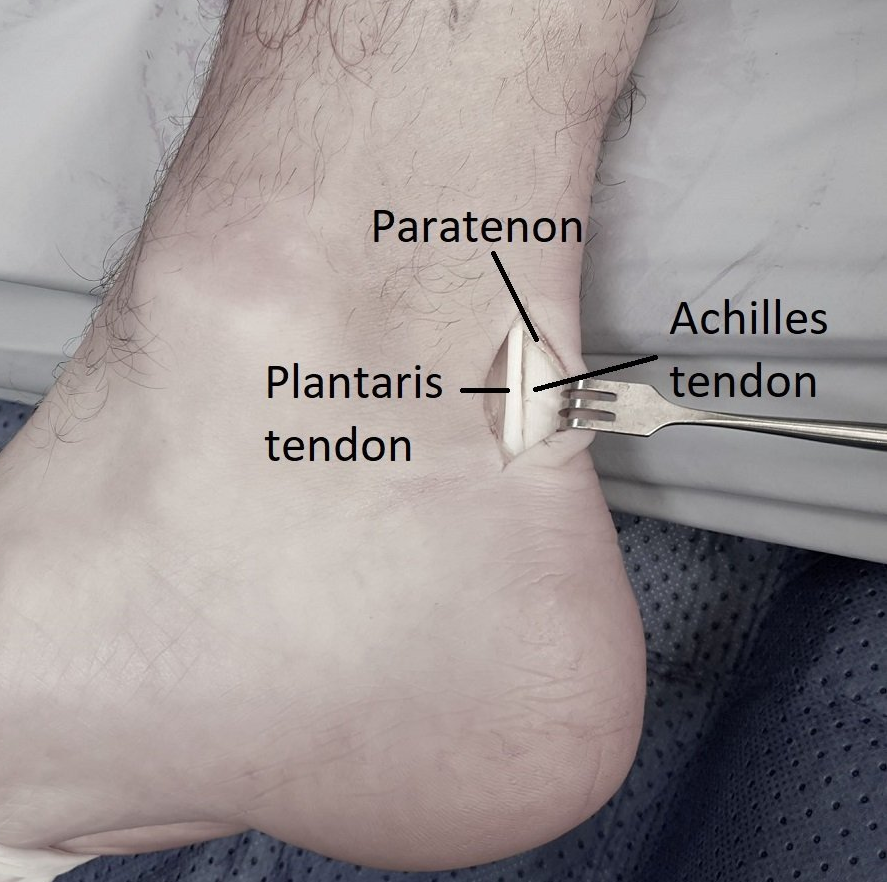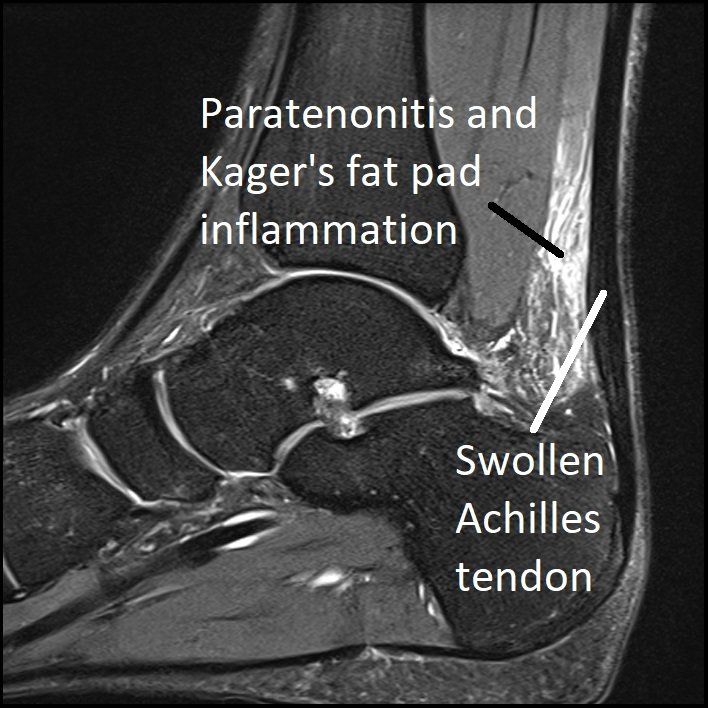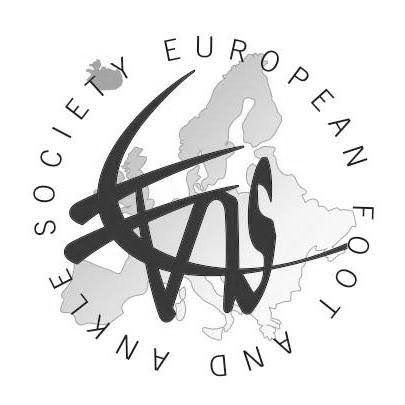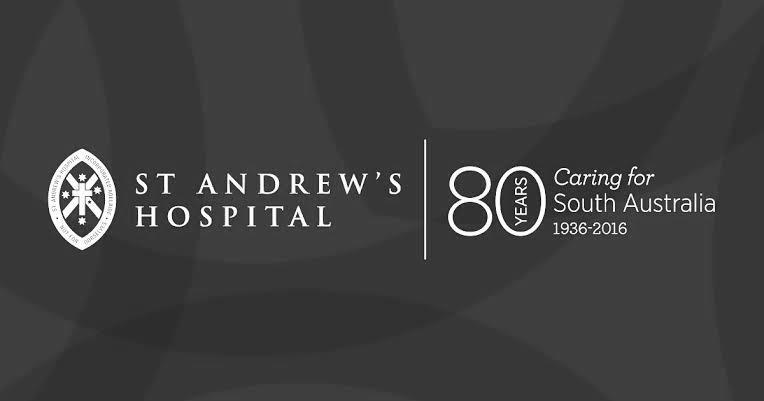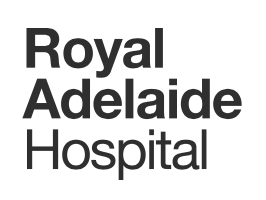Paratenonitis and Plantaris
What are the Achilles Paratenon and Plantaris?
The Achilles tendon is surrounded by a thin layer of tissue called the paratenon. This allows the tendon to glide smoothly under the skin.
90% of people also have a very thin and long tendon running on the inner (medial) side of the Achilles tendon. This is called plantaris (or the "monkey muscle"). See
Achilles & Heel - Anatomy and Imaging.
Interesting fact: plantaris has the longest tendon in the human body, from behind the knee all the way down to the heel. It has no useful function.
What is Achilles Paratenonitis?
Achilles paratenonitis is inflammation and scarring of the paratenon. This can involve the fat behind the Achilles tendon and plantaris, if present. It is often associated with Achilles tendinopathy.
Causes of Achilles Paratenonitis
Achilles paratenonitis occurs due to overuse. Other risk factors for Achilles paratenonitis include:
- heavy running and jumping
- obesity
- shoes that fit poorly
- flat feet or high arches.
Symptoms of Achilles Paratenonitis
The symptoms for Achilles paratenonitis include:
- swelling, stiffness and pain along the Achilles tendon.
Symptoms are often worst first thing in the morning and on getting up after prolonged sitting. They become worse during the aggravating activity.
How is Achilles Paratenonitis Diagnosed?
The diagnosis of Achilles paratenonitis is made by taking a complete history and performing a physical examination.
Key differences to Achilles tendinopathy are:
- the underlying Achilles tendon is not thickened
- pain and tenderness is often worse on the deep and inner side of the Achilles tendon.
Ultrasound and MRI are used to confirm the diagnosis. They also show if plantaris is involved and the condition of the Achilles tendon. See images above.
How is Achilles Paratenonitis Treated?
Non-surgical treatment
Reduced activity, topical and oral anti-inflammatory medications, physiotherapy and ice are used in all cases.
Ultrasound-guided "high volume injection" of saline and cortisone between the paratenon and Achilles tendon helps release ("strip") the scar tissue and reduce inflammation. This can be repeated up to three times. The chance of infection or Achilles tendon rupture
after injection is very low.
Surgical treatment
If three to six months of non-surgical treatment does not relieve symptoms, surgery may be offered. Ultrasound or MRI is often performed prior to surgery.
Surgery involves releasing ("stripping") the paratenon off the Achilles tendon and removing a short length of plantaris when present. Please see the TREATMENTS menu for more information on Paratenon and Plantaris Release.


